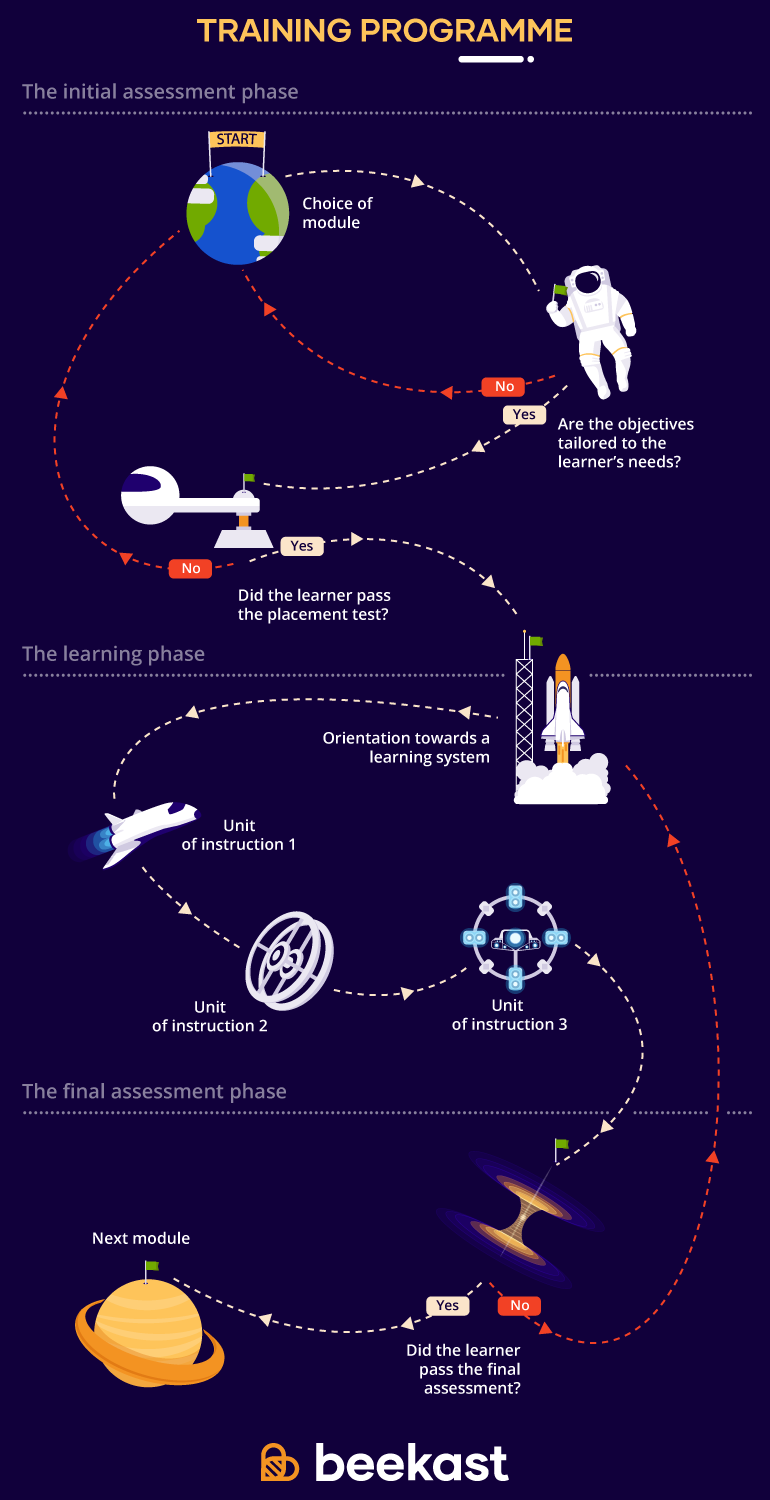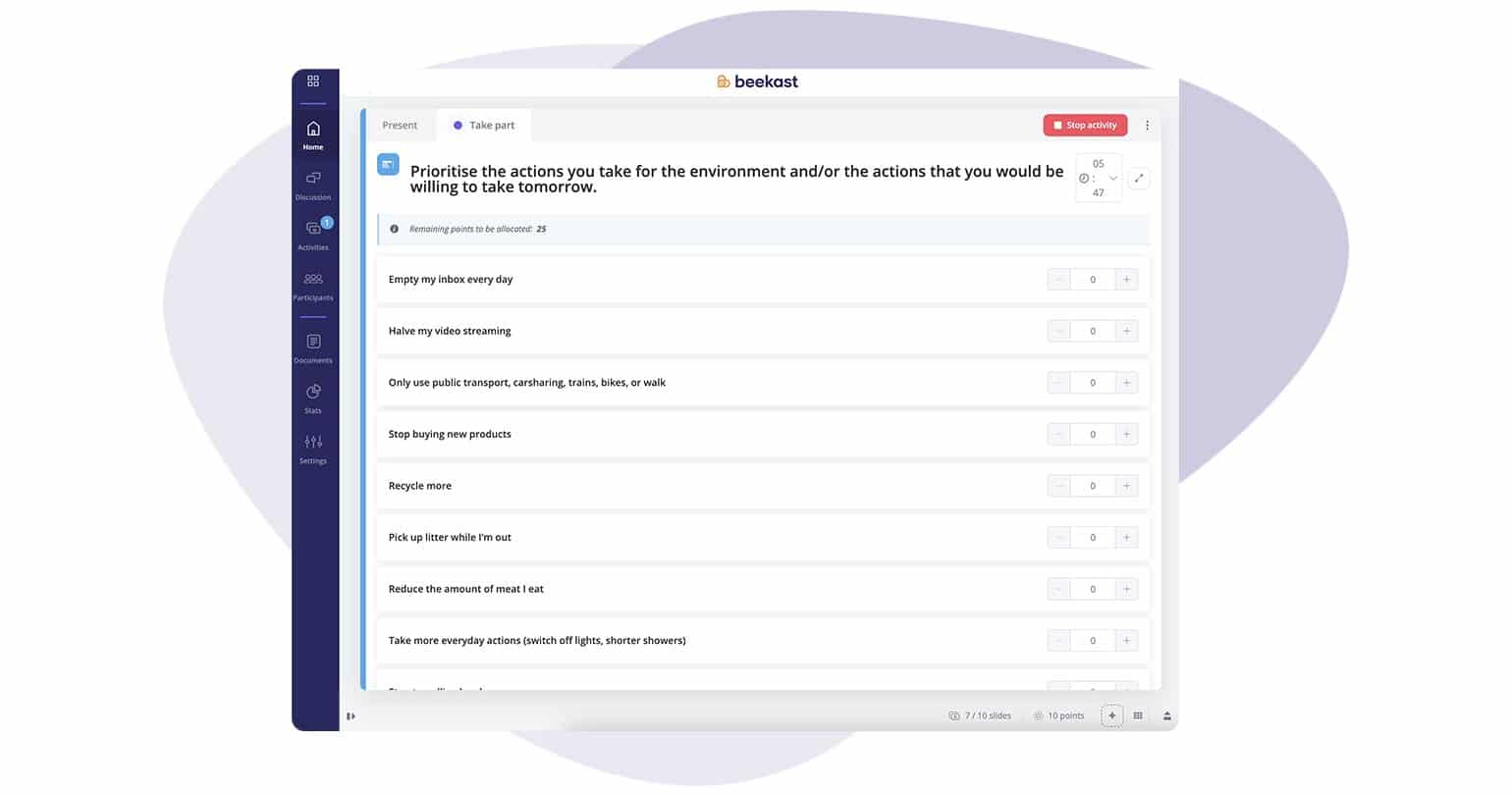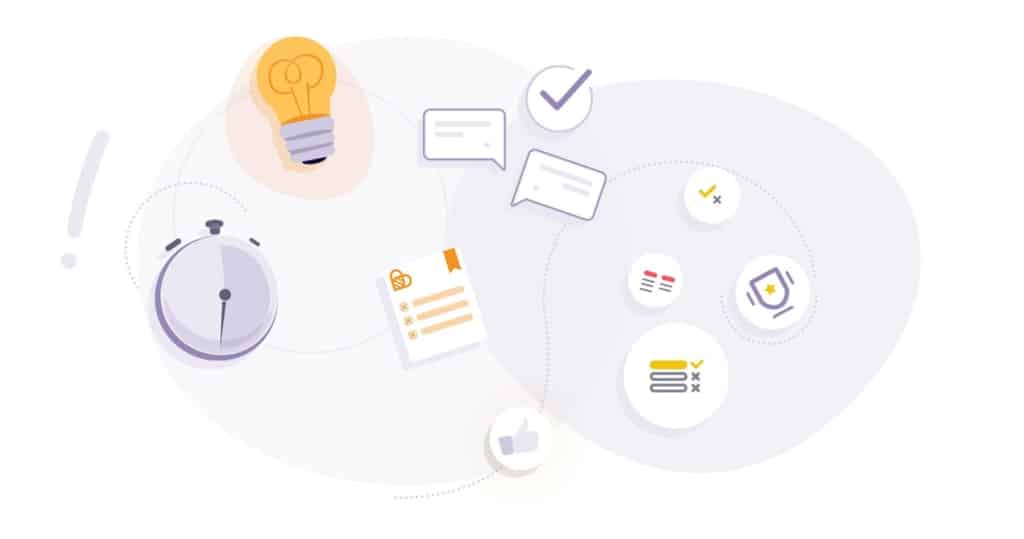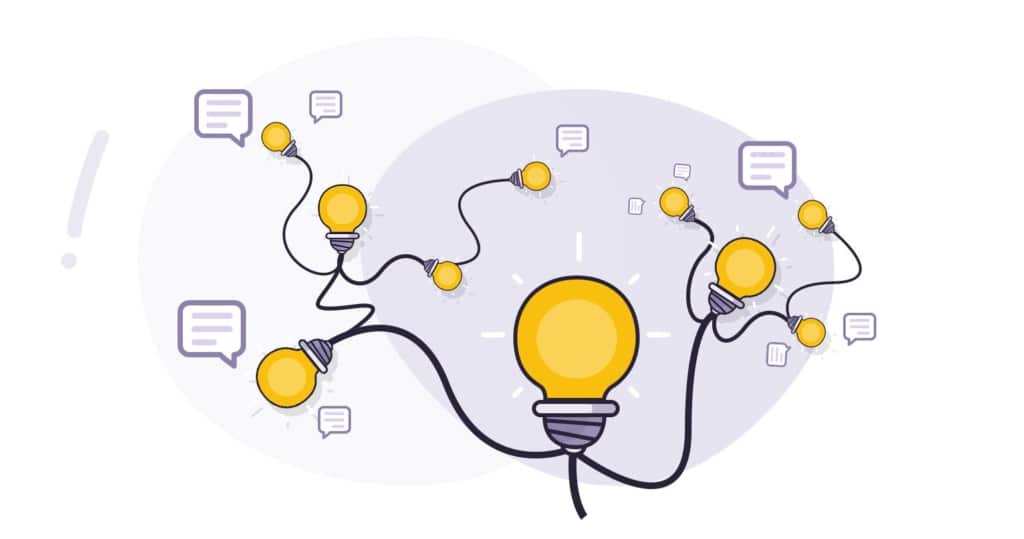The world of training is undergoing transformation and progressively becoming more learner-oriented. Showing slides or offering e-learning modules won’t cut it anymore! Knowledge is within everyone’s reach; the Internet broke down the barriers that stood between us and a world of information. We’re now free to learn anything we want!
What is digital learning and what are its objectives?
Digital learning is a learning format that allows participants to learn new skills independently online. This process includes e-learning (training videos, virtual classrooms, etc.), quizzes, micro-learning (short learning session using text, image and sound) and serious games…Because it’s more accessible, digital learning helps improve the quality of teaching and memorisation processes.
This is what we can simply call online training. This format resolves a number of the challenges and problems encountered in standard training:
Increase efficiency
For companies, the aim of professional training is to develop a competitive edge by honing employees’ job skills and soft skills. The digital programmes offered are faster and more efficient without compromising on quality. On average, e-learning is 40 to 60% faster for the learner.
Gain perspective on your training
With digital technology, you can easily consult a range of statistics: test results, participation rates, satisfaction surveys, learner progress, etc. This all-round visibility means that you can monitor both individual and group progress to focus your training modules and assess performance. You can always pre-define your performance indicators.
Grab your learners’ attention
Pay attention to your presentation materials and choose your content carefully! Opt for a serious game that is simpler but better designed than software – which may be complete, but has an interface that is so unwieldy it won’t be used! To go a bit further in training facilitation, see the 8 keys to teaching a training course.
Leave no one behind
One of the biggest advantages of digital learning is undoubtedly being able to go at your own pace. Make sure that everyone can work at a speed in line with their level. The more advanced learners can go further in developing their skills, while those at beginner level can focus on validating basic skills.
What are the pre-requisites?
Training programmes should be defined in keeping with the vision of Human Resources, skills management strategy and the economic reality faced by the company. The budget must always be kept in mind. Selling your training programme to your executive committee and freeing up the associated budget may be time consuming. You’ll need to know in advance what features and how many licences you’ll need as well as any limitations on your digital solution, so you can avoid unpleasant surprises that might delay your project’s approval. Feel free to use numbers to give voice to your project. The Business Impact of NextGeneration e-Learning, for example, has estimated that the revenue generated per employee is 26% higher for companies using digital learning.
We all know that interactions and discussions on the web will never replace in-person contact. However, in digital training, the human element has its place. Trainers must focus on what’s most important: facilitating discussion and debate and taking time for casual moments. Sharing and human contact must be key elements of the training. In some cases, hybrid learning is preferred. This is a combination of e-learning and in-person training, otherwise known as blended learning.
Objectives are essential during training
During the programme, module by module, the learner must have learning objectives that need to be achieved. The training modules are independent of one another and can be used to create standard or personalised programmes.
The learning outcomes must serve as a guide when creating the training programme, itself composed of a set of modules. Once again, the company’s business challenges must be taken into account to transform them into clear training objectives. Each learning module will then correspond to a sub-objective.
Building a module in 3 steps
To create a good learning experience, the module must be cut into 3 distinct steps.
Step 1: the initial assessment phase
This phase is used to evaluate the learner’s current knowledge through a series of tests and to make sure they are familiar with the prerequisite concepts.
Step 2: the learning phase
This phase enables the learner to receive training and acquire and develop new skills using a variety of educational resources.
Step 3: the final assessment phase
This phase is for measuring how well the learner has acquired the skills and for recommending appropriate follow-up.

If you want to delegate the creation of the training programme, you can use the services of a training organisation.
Organising and predicting the learning phase in digital learning
Make the most of best practices
This is surely one of the most strategic phases: the learning phase. To understand it as best as possible, we recommend these best practices:
- To be able to react in real time, choose a tool that offers a discussion space and that allows you to answer frequently asked questions.
- Provide a glossary to make understanding the concepts discussed easier and to offer a reference document to all your learners.
- Create a detailed summary of your learning module and, ideally, include links to your sub-modules. This way learners will be able to easily orientate themselves towards the content they need.
- Plan for and provide access to supplementary content. Some of your learners will progress faster than others and will want to learn more about the topic being tackled.
- Choose a tool that lives up to the requirements of your profession, but remember to take it easy on your learners by using a simple and intuitive tool.
Keep in mind that developing a digital learning module doesn’t require an extensive knowledge of digital technology or a massive budget. On the contrary, this is where digital options really shine: simplicity and affordability! Nevertheless, the essentials remain unchanged: after assessing the learner’s starting level, the goal is always to enable them to achieve the outcomes and learn new skills that will prove useful for their professional development.
The learner is always the focus when designing a training programme, gradually developing new requirements as their digital habits change: video learning, mobile learning, micro-learning, etc. These new uses require designers and trainers to adapt their modules to be compatible with these new formats. This is a tall order, but far from impossible.
Thanks to digital learning, companies can accelerate their digital transformation. Don’t wait any longer! Engage your employees with online training and educational content adapted to their needs but always in keeping with your company’s business challenges.
Improve digital learning with Beekast

Beekast is the digital turnkey solution for creating interactive and captivating training programmes. The platform’s many activities put the focus squarely on interaction, engagement and skill development during training. Learn all about training with Beekast.



